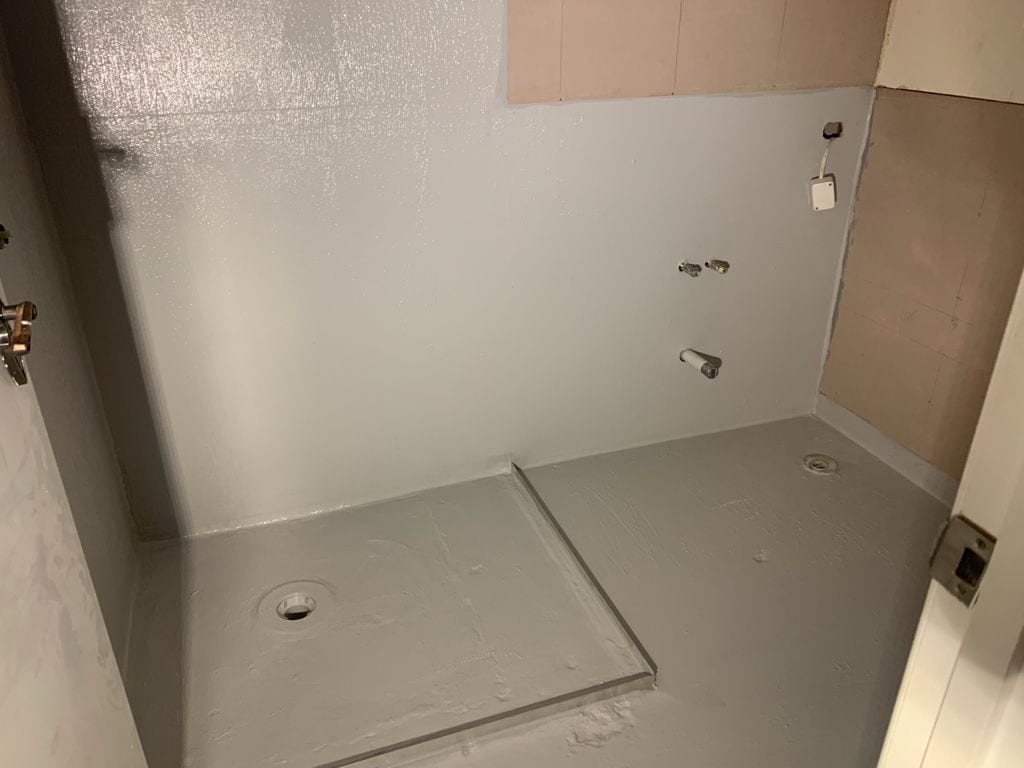Leaky wash room Water proofing
Addressing a leaky washroom involves identifying the root causes and then applying appropriate treatment measures. Here are steps to identify root causes and manage the leak:
Step 1: Identify the Source of the Leak
1. *Inspect Fixtures*: Check sinks, toilets, showers, and bathtubs for leaks. Look for water pooling or dripping around fixtures.
2. *Examine Pipes*: Inspect visible pipes for signs of moisture, corrosion, or damage. Pay attention to joints and connections.
3. *Check Seals and Caulking*: Inspect caulking around sinks, bathtubs, and showers for cracks or wear that might allow water to seep through.
4. *Assess Grout and Tiles*: Look for cracked or loose tiles and damaged grout that can facilitate water leakage.
5. *Water Supply Line*: Ensure that the water supply lines to fixtures are secure and free from damage.
Step 2: Identify Root Causes
1. *Aging Fixtures and Fittings*: Over time, fixtures can become worn, leading to leaks.
2. *Poor Installation*: Improper installation of plumbing fixtures or pipes can cause leaks.
3. *Corrosion*: Pipes and fittings, especially older ones, may become corroded, leading to leaks.
4. *Temperature Changes*: Extreme temperature fluctuations can cause materials to expand and contract, leading to breaches.
5. *High Water Pressure*: Excess water pressure can stress joints and fittings, resulting in leaks.
6. *Blocked Drainage or Ventilation*: Clogs in the drainage system can cause backups and leaks.
7. *Environmental Factors*: High humidity or water from nearby sources (e.g., heavy rains) can increase moisture levels and lead to leaks.
Step 3: Treatment and Solutions
1. *Replace Worn Fixtures*: If a fixture is damaged or deteriorated, replace it with a new one.
2. *Repair or Reinstall Pipes*: Address any damaged or poorly installed pipes. This may involve resealing joints or, in some cases, replacing pipe sections.
3. *Re-caulking and Grouting*: Remove old, damaged caulk or grout and replace it with new sealant to ensure a watertight seal.
4. *Adjust Water Pressure*: If water pressure is too high, consider installing a pressure regulator to reduce it to a safe level.
5. *Regular Maintenance*: Schedule regular inspections of the washroom plumbing and fixtures to monitor for potential issues.
6. *Install Drain Traps*: If flooding is an issue, consider installing drain traps or sump pumps to manage excess water.
7. *Address Environmental Factors*: Ensure proper ventilation to reduce humidity and consider waterproofing measures if environmental water intrusion is a problem.
Step 4: Monitor and Evaluate
After implementing repairs and treatments, keep an eye on the area for any signs of recurring leaks. Regular vigilance can help catch potential problems early and maintain the integrity of the washroom.
Conclusion
By systematically identifying the source and root causes of a leak and taking the appropriate treatment steps, you can effectively manage and resolve leaks in a washroom. If the problem persists despite your efforts, consider consulting a professional plumber for a more thorough investigation and solution.






